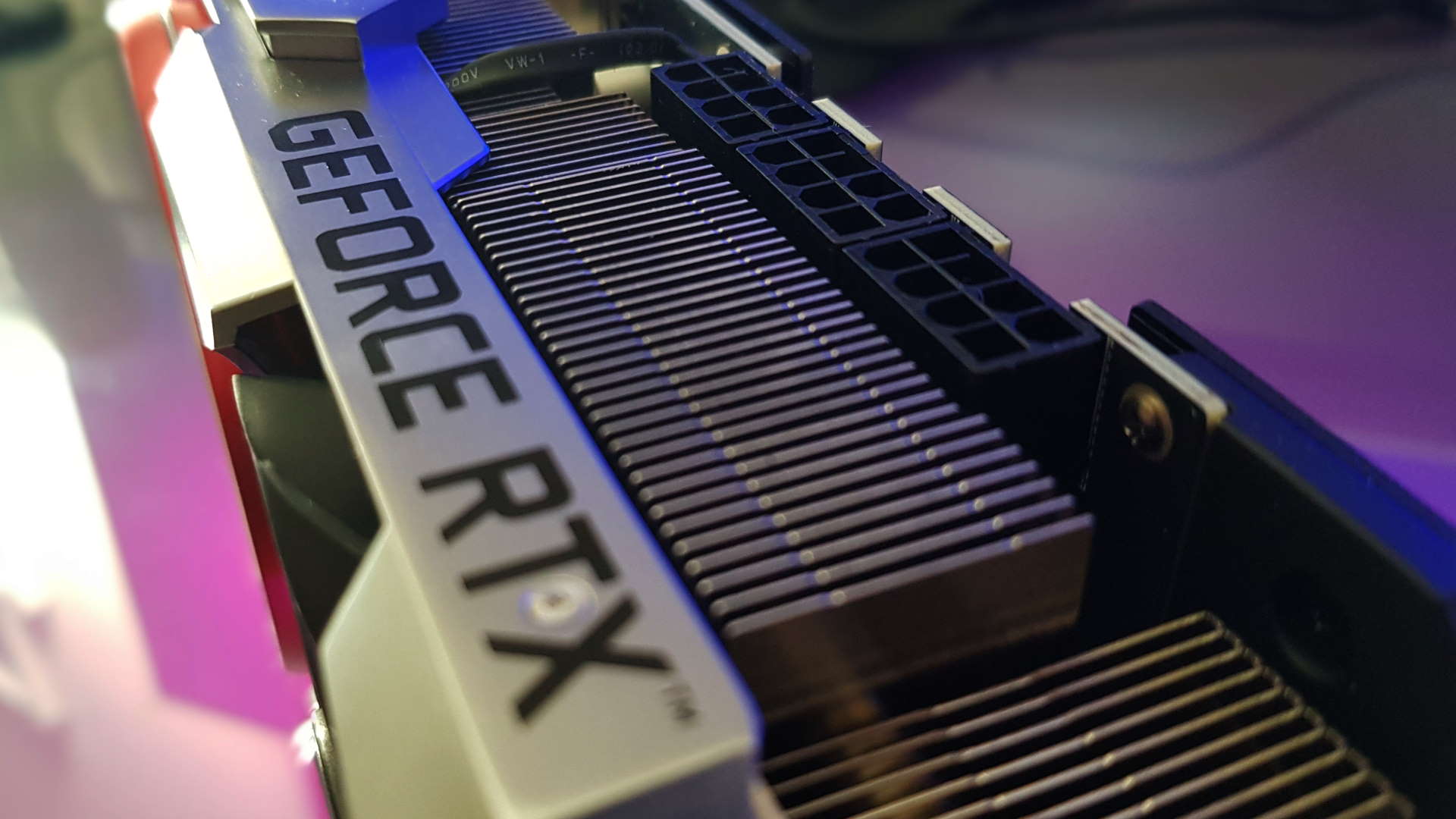
In a manner reminiscent of a Scooby Doo reveal, Nvidia’s RTX IO represents a rebranded GPUDirect, yet it seems to have faded from the spotlight. Despite its promise to enhance gaming performance, there’s a curious gap in its application today.
A new product, the HighPoint Rocket 7638D PCIe 5.0 switch, has emerged, designed to facilitate high-speed data transfers directly from SSDs to GPUs using GPUDirect technology. While this innovation holds potential for data centers employing Nvidia AI GPUs, it remains irrelevant for typical gaming PCs due to its exclusivity.
This primarily serves to remind us of the long-anticipated RTX IO feature, originally associated with the GeForce RTX 30-series GPUs. Despite initial excitement, the current RTX IO discourse seems to overlook its original claims regarding SSD to GPU direct data streaming.
While Nvidia has substituted RTX IO’s original properties with a focus on its other functionalities, Microsoft’s DirectStorage has taken center stage in the realm of efficient data transfer protocols. This API, by streamlining data retrieval from SSDs to GPUs, has proven effective despite RTX IO’s absence from many developers’ toolsets.
Ultimately, the promise of RTX IO remains unfulfilled, specifically its direct data streaming feature, likely due to performance issues or simply a lack of developer interest. As we observe data centers and gaming consoles enjoy swift data transfers and loading times, we’re left waiting for RTX IO to truly deliver on the potential it once held.
